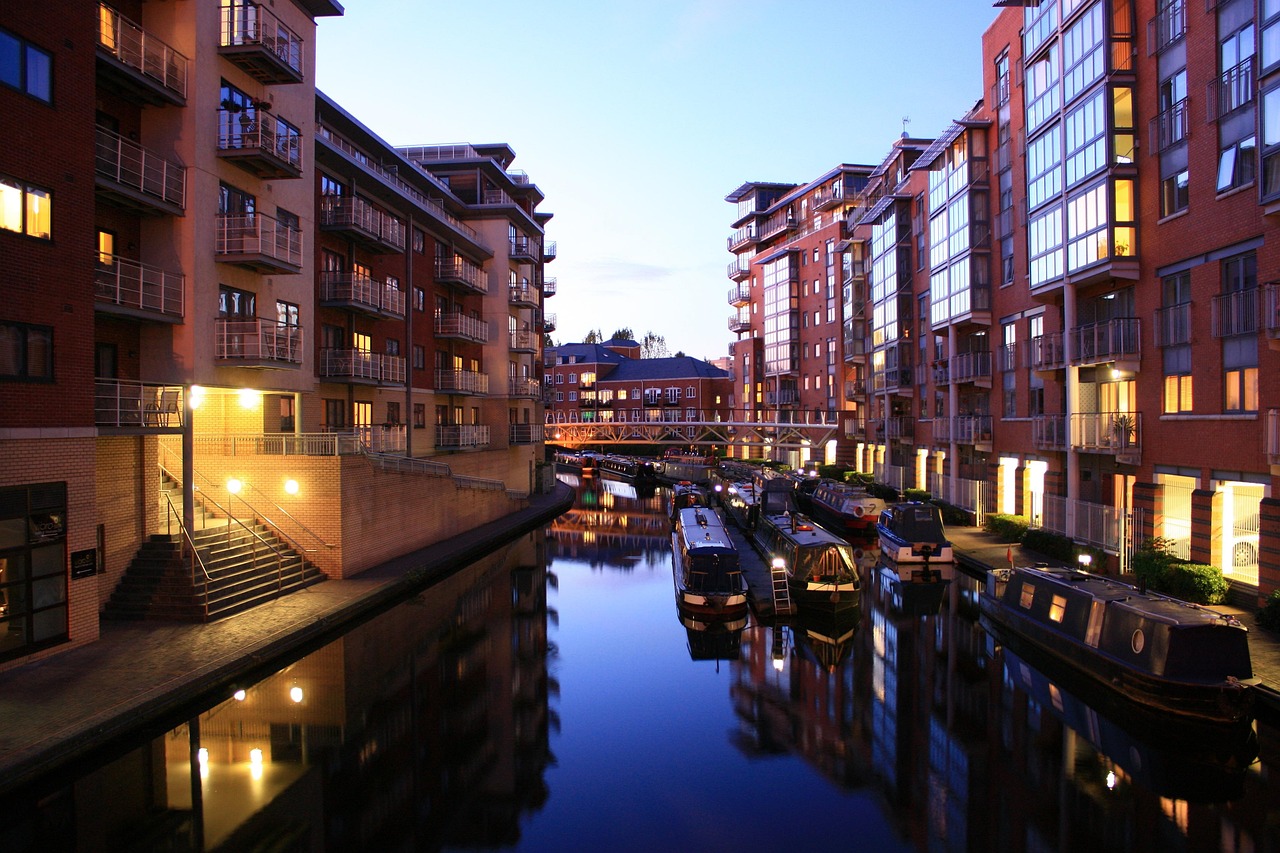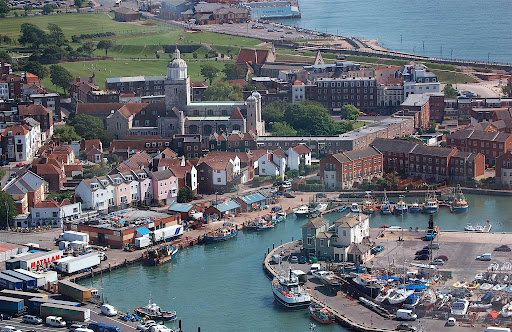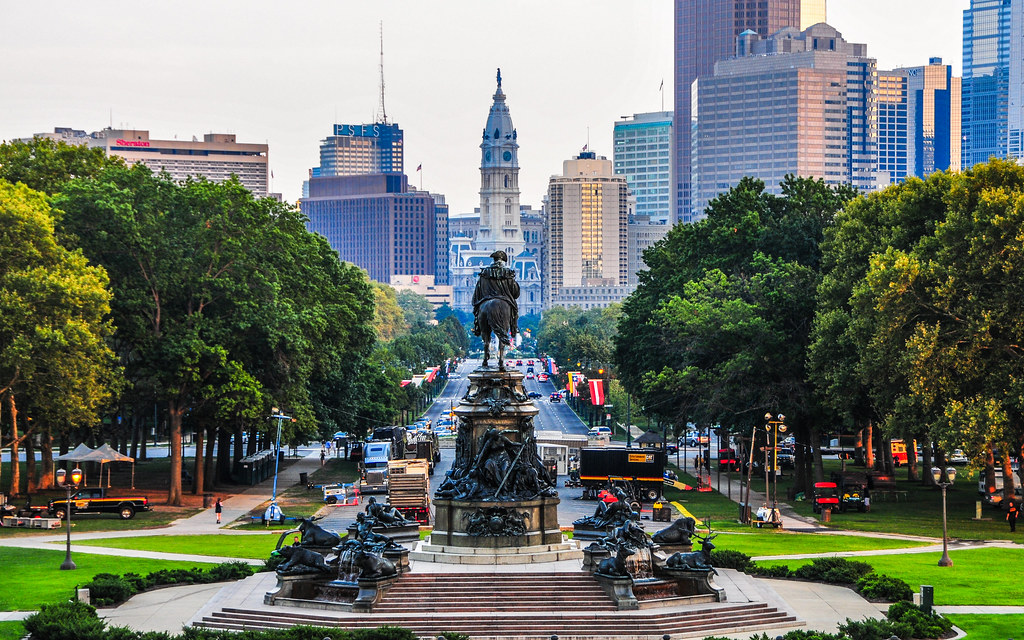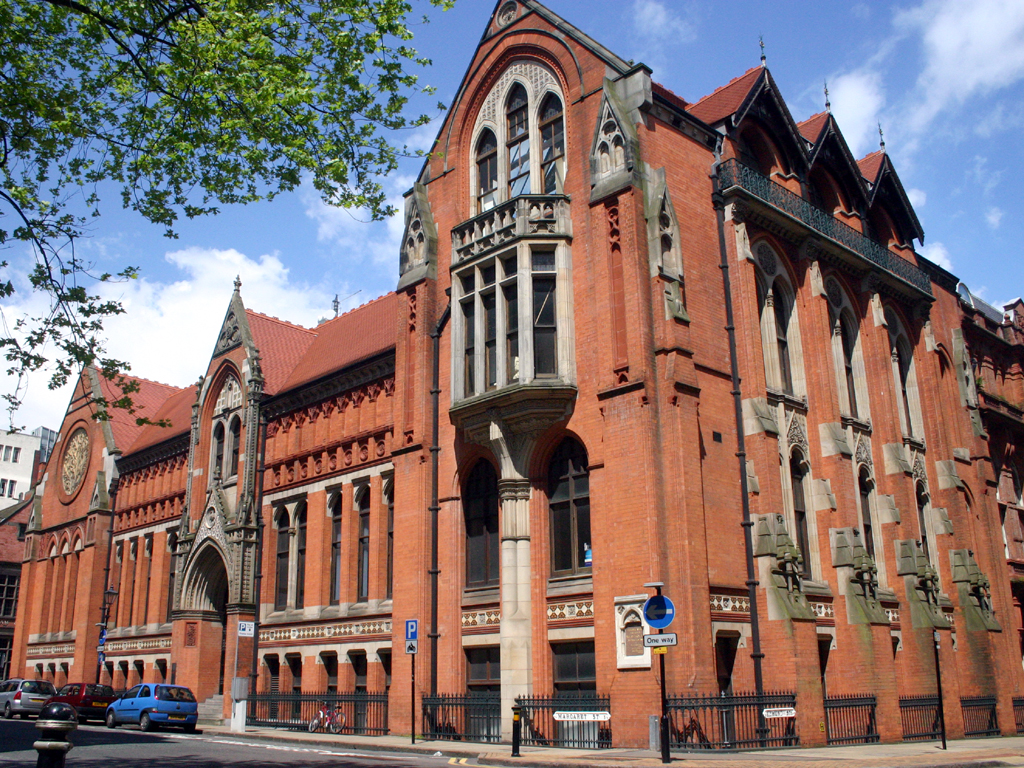When choosing a destination to live, study or travel, safety is often a primary consideration. The Global Peace Index 2025 was released, revealing the latest rankings of the safest countries in the world and the dangerous countries. Iceland has been named the safest country in the world for the 17th consecutive year, while the rankings of the United States and the United Kingdom came as a surprise. The annual report, published by the Institute for Economics & Peace (IEP), covers 163 countries and territories around the globe, and evaluates a number of dimensions including violent crime, murder rates, demonstrations, military spending, the number of nuclear weapons, and the level of tension between neighbouring countries. When evaluating immigration for study abroad, you need to consider the level of local security. In 2025, the global authoritative security index list was released. These countries not only offer good security, education, and social welfare but also have the most preferred immigration policies, making them the most preferred destinations for studying and immigration, providing a “double insurance” combination.
How is the Safest Country in the World Measured?
The Global Peace Index (GPI) is one of the most widely recognised tools for assessing a country’s overall safety and stability. Published annually by the Institute for Economics and Peace (IEP), it evaluates 163 countries and territories using 23 indicators across three key domains: ongoing domestic and international conflict, societal safety and security, and militarisation. These indicators include factors such as the level of violence, political instability, access to weapons, and the presence of organized crime. A lower GPI score indicates a higher level of peace and safety. For example, countries like Iceland and New Zealand consistently rank at the top, reflecting low crime rates, stable governance, and strong social cohesion. By combining both qualitative and quantitative data, the GPI provides a comprehensive, comparable measure that goes beyond mere crime statistics, giving a global perspective on peace and security trends.
Top 10 Safest Country in the World
Iceland
- Global Peace Index ranking: 1
- Safety Score: 1.095
- Population: 380,010
Since 2008, Iceland has been continuously ranked as the world’s most peaceful country due to its extremely low crime rate and high level of social trust. Iceland has only one main road in the whole country and it is almost never congested, with a low rate of traffic accidents. Despite concerns over volcanic activity in 2024, its low crime rate and stable social order make it a safe country to visit. While here, everyone can enjoy Iceland’s natural beauty, such as the magnificent aurora borealis, spectacular waterfalls, and vast glaciers.
Ireland
- Global Peace Index ranking: 2
- Safety Score: 1.260
- Population: 5,120,867
Ireland is ranked second in the safest countries in the world 2025, with a safety score of 1.260, and is known for its moderate social climate and high level of public services. Three factors have contributed to Ireland’s remarkable transformation: membership of the European Union, foreign investment (particularly from the United States), and the Northern Ireland peace agreement brokered in the 1990s. Ireland is now one of the most stable countries in the world. It is home to many of the world’s most successful companies, including American technology giants such as Apple, Microsoft, and Google. The Irish government’s commitment to maintaining a safe and peaceful environment, combined with the proactive nature of its citizens, has resulted in a very low crime rate. Ireland’s rich culture and security measures not only make it a paradise for tourists but also a promising country to invest in.
New Zealand
- Global Peace Index ranking: 3
- Safety Score: 1.282
- Population: 5330600
New Zealand is one of the safest places to live in the world. Ranked third in the Global Peace Index 2025, New Zealand is known for its peaceful, safe, and friendly environment. Its natural beauty, diverse and tolerant social environment, and sophisticated security protection make New Zealand an ideal destination for international students. New Zealand has a commendable social security system and a strict legal system, which ensures a very low crime rate. Those who break the law here will be severely punished, and the police will spare no effort in pursuing the case, whether the person concerned withdraws the charge or not. New Zealand is located in the southwest of the Pacific Ocean, surrounded by the sea on all sides, with Australia across the Tasman Sea and New Caledonia, Tonga, and Fiji to the north. It is about 15,000 kilometers from the Middle East, where terrorists are concentrated, and is rarely involved in international disputes, making it a “paradise”. With an area of 268,680 square kilometers and a population of only 5.33 million, New Zealand boasts a population density of 19.8. This makes it not only free of the riots and stampedes that occur in densely populated areas but also a place where people can live in harmony with nature.
Austria
- Global Peace Index ranking: 4
- Safety Score: 1.294
- Population: 9,113,574
Austria is the safest place to live in the world, ranked 4 in the 2025 Global Peace Index. Austria has a very low crime rate, with a homicide rate of 0.5 per 100,000 inhabitants, according to the OECD. Austria is the ideal place to enjoy the peace of the mountains. Some 86% of respondents said they felt safe walking alone at night, which is higher than the OECD average of 74%. In addition, there is fresh air and clean drinking water, thanks to the Alps. In addition, you have access to quality healthcare and health benefits. The number one attraction for expats in Austria is not safety, but the Alps, which is how the proximity of the mountains enhances the quality of life! Expats say there is job stability and plenty of healthcare resources.
Switzerland
- Global Peace Index ranking: 5
- Safety Score: 1.294
- Population: 8,967,407
Switzerland is fifth in the ranking of the safest countries, with a security index of 85-90%. Switzerland has maintained its status as a neutral country for a long time and has avoided getting involved in international military conflicts. The country has a well-developed economy, a stable political system, a sound social welfare system, and a very low crime rate. Switzerland’s strong financial system and respect for personal privacy also contribute to its domestic social stability and security. In addition to isolated cases of theft, Switzerland needs to be alert to avalanches and landslides caused by climate change in winter. Switzerland is famous for its magnificent Alps, beautiful lakes, and well-developed transportation system. Here you can experience a wide range of activities such as skiing, hiking, and hot springs.
Singapore
- Global Peace Index ranking: 6
- Safety Score: 1.357
- Population: 5,870,750
Singapore has the lowest crime rate, ranking 6th, and is the only Asian country in the top 10 that excels in the area of safety. One of the significant reasons why Singapore is considered a safe place to live is its extremely low crime rate. The government has put in place stringent laws and enforcement policies that have resulted in a very low incidence of violent crime, property theft, and other offenses. Minor crimes like pickpocketing and vandalism are also rare, and even major criminal incidents like murder are very rare. The country’s criminal justice system ensures speedy processing procedures and severe penalties for offenders. Singapore has one of the most efficient police forces in the world. The police are well-trained, extremely professional, and are visible throughout the city. In addition, a large number of surveillance cameras are deployed in public areas to provide extra security to the citizens and help prevent crime. Geographically, Singapore is situated at the crossroads of Asia, away from the “Pacific Rim of Fire” and is therefore not prone to natural disasters such as earthquakes, tsunamis, or volcanic eruptions. This makes Singapore one of the safest places in the world.
Portugal
- Global Peace Index ranking: 7
- Safety Score: 1.371
- Population: 10,411,834
In the 2025 Global Peace Index, Portugal is ranked seventh in the world and fifth in Europe, with a homicide rate of only 0.7 and a low overall crime rate, with the majority of cases occurring in tourist areas and being minor crimes. In addition to feeling safe, Portugal’s police and local authorities are among the friendliest in the world. 83% of respondents said they felt safe walking alone at night. Despite the presence of some pickpockets in some of Portugal’s major cities, Portugal’s urban areas are absolutely safe. In terms of road safety, Portugal ranks nineteenth out of 27 EU countries, with a fatality rate of 54 per million inhabitants, compared to the European average of 45. Hot weather is both a blessing and a curse, and wildfires are a frequent danger in Portugal’s interior. As the only southern European country on this list, sunny Portugal boasts a warm Mediterranean climate, friendly locals, and a relatively low cost of living.
Denmark
- Global Peace Index ranking: 8
- Safety Score: 1.393
- Population: 6,002,507
Denmark’s high level of social trust, strong welfare system, and political stability make it the safest country to live in. Denmark is ranked eighth in the world on the Global Security Index (GPI), with a crime rate well below the European average, a homicide rate of 0.5, and a high level of perceived safety, with 85% of people saying they feel safe walking alone at night. Denmark also has an extremely high level of traffic safety, with the third-lowest fatality rate in Europe. A large proportion of fatalities can be attributed to bicycle accidents in urban areas, as Denmark has a high rate of seatbelt use and a lower rate of drunk driving than the rest of Europe. A sense of safety is further enhanced by the high quality of Danish public services, a well-developed welfare system, and a culture that emphasizes a healthy work-life balance.
Slovenia
- Global Peace Index ranking: 9
- Safety Score: 1.409
- Population: 2,117,072
Slovenia is one of the safest countries in Europe, ranking 9th in the global safety rankings with a safety score of 1.409. Located in Central Europe, Slovenia offers a serene and peaceful environment with a very low crime rate and strong social stability. Breathtaking natural beauty ranges from the Julian Alps to Lake Bled. The government’s strong focus on public safety ensures a peaceful society. The country’s good infrastructure and efficient law enforcement system also contributed to its improved safety ranking.
Finland
- Global Peace Index ranking: 10
- Safety Score: 1.420
- Population: 5,623,329
Finland is a perennial winner in the World Peace Index and the Happiness Index. In the GPI’s area of “social security and safety”, Finland is ranked third in the world. Indicators assessed include murder rates, political repression, violent demonstrations, and public perceptions of crime. Finland is not only one of the most peaceful countries in the world, but also ranks high on the World Happiness Index, which is a huge advantage for immigrants. Finland’s education system is among the best in the world, and its healthcare services are accessible and of high quality. But Finland’s real attraction lies in its natural beauty, with its vast forests, tranquil lakes, and sparkling Northern Lights. Helsinki is vibrant yet relaxed, while smaller cities like Espoo offer a more tranquil lifestyle. For expats seeking safety and top-notch public services, Finland is the ideal destination.
Top 100 Safest Countries in the World
List of Safest Countries
| Rank | Country | Global Peace Index(GPI) 2025 |
|---|---|---|
| 1 | Iceland | 1.095 |
| 2 | Ireland | 1.260 |
| 3 | New Zealand | 1.282 |
| 5 | Switzerland | 1.294 |
| 6 | Singapore | 1.357 |
| 7 | Portugal | 1.371 |
| 8 | Denmark | 1.393 |
| 9 | Slovenia | 1.409 |
| 10 | Finland | 1.420 |
| 11 | Czechia | 1.435 |
| 12 | Japan | 1.440 |
| 13 | Malaysia | 1.469 |
| 14 | Netherlands | 1.491 |
| 14 | Canada | 1.491 |
| 16 | Belgium | 1.492 |
| 17 | Hungary | 1.500 |
| 18 | Australia | 1.505 |
| 19 | Croatia | 1.519 |
| 20 | Germany | 1.533 |
| 21. | Bhutan | 1.536 |
| 22 | Latvia | 1.558 |
| 22 | Lithuania | 1.558 |
| 24 | Estonia | 1.559 |
| 25 | Spain | 1.578 |
| 26 | Mauritius | 1.586 |
| 27 | Qatar | 1.593 |
| 28 | Slovakia | 1.609 |
| 29 | Bulgaria | 1.610 |
| 30 | United Kingdom | 1.634 |
| 31 | Kuwait | 1.642 |
| 33 | Italy | 1.662 |
| 34 | Montenegro | 1.685 |
| 35 | Sweden | 1.709 |
| 36 | Poland | 1.713 |
| 37 | Mongolia | 1.719 |
| 38 | Romania | 1.721 |
| 38 | Vietnam | 1.721 |
| 40 | Taiwan | 1.730 |
| 41 | South Korea | 1.736 |
| 42 | Oman | 1.738 |
| 43 | Botswana | 1.743 |
| 44 | Timor-Leste | 1.758 |
| 45 | Greece | 1.764 |
| 46 | Argentina | 1.768 |
| 47 | Laos | 1.783 |
| 48 | Uruguay | 1.784 |
| 49 | Indonesia | 1.786 |
| 50 | Namibia | 1.789 |
| 51 | North Macedonia | 1.799 |
| 52 | Albania | 1.812 |
| 52 | United Arab Emirates | 1.812 |
| 54 | Costa Rica | 1.843 |
| 55 | The Gambia | 1.855 |
| 56 | Kazakhstan | 1.875 |
| 57 | Sierra Leone | 1.887 |
| 58 | Armenia | 1.893 |
| 59 | Madagascar | 1.895 |
| 59 | Bosnia and Herzegovina |
43 |
| 61 | Ghana | 1.898 |
| 62 | Chile | 1.899 |
| 63 | Kosovo | 1.908 |
| 64 | Serbia | 1.914 |
| 64 | Zambia | 1.914 |
| 66 | Moldova | 1.918 |
| 67 | Uzbekistan | 1.926 |
| 68 | Cyprus | 1.933 |
| 69 | Senegal | 1.936 |
| 70 | Liberia | 1.939 |
| 71 | Malawi | 1.955 |
| 72 | Jordan | 1.957 |
| 73 | Tanzania | 1.965 |
| 74 | France | 1.967 |
| 75 | Paraguay | 1.981 |
| 76 | Nepal | 1.987 |
| 76 | Angola | 1.987 |
| 78 | Kyrgyz Republic | 1.988 |
| 79 | Tajikistan | 1.996 |
| 79 | Dominican Republic | 1.996 |
| 81 | Tunisia | 1.998 |
| 82 | Equatorial Guinea | 2.004 |
| 83 | Bolivia | 2.005 |
| 84 | Panama | 2.006 |
| 85 | Morocco | 2.012 |
| 86 | Thailand | 2.017 |
| 87 | Cambodia | 2.019 |
| 87 | Turkmenistan | 2.019 |
| 89 | Trinidad and Tobago | 2.02 |
| 90 | Saudi Arabia | 2.035 |
| 91 | Rwanda | 2.036 |
| 92 | Algeria | 2.042 |
| 93 | Jamaica | 2.047 |
| 94 | Côte d’Ivoire | 2.066 |
| 95 | Azerbaijan | 2.067 |
| 96 | Peru | 2.073 |
| 97 | Sri Lanka | 2.075 |
| 98 | China | 2.093 |
| 99 | Eswatini | 2.094 |
| 100 | Bahrain | 2.099 |
Key Trends in the Global Peace Index 2025
According to the Global Security Index 2025 report, Iceland is the safest country in the world, followed by Ireland, New Zealand, Austria, and Switzerland. However, the world is not as safe as it was a year ago, as the average level of global peace has deteriorated for the 13th time in 17 years. According to the latest Global Peace Index (GPI), 97 countries have seen a decline in peace and 65 have seen an improvement.
The average level of peace in countries globally in 2025 has decreased by 0.36 per cent compared to the previous year, with 74 countries experiencing an improvement in peace and 87 countries experiencing a deterioration in peace. The biggest deteriorations on this domain occurred in Russia, Bangladesh, and Ukraine.
Safety Tips for Studying Abroad
1. Prepare before you go
Before travelling, research the laws, cultural norms, and security risks of your destination. Check official travel advisories and register your trip with the government’s foreign affairs department. Keep copies of your passport, visas, and insurance electronically and in a separate physical location. When choosing accommodation, prioritise communities with low crime rates and good public safety records. Choose a trusted rental platform. Platforms like uhomes.com make it easier to find safe housing that suits your lifestyle and budget by allowing you to filter properties based on location, security, nearby amenities, and verified reviews.
2. Stay alert and protect your belongings
Be aware of your surroundings at all times. Avoid wearing expensive jewelry or using electronic devices in public. Use reputable transport services and check prices before travelling. Keep your belongings with you in busy areas and consider using anti-theft bags.
3. Prioritise health and emergencies
Carry a small first aid kit and know where the nearest hospital or clinic is. Keep significant emergency phone numbers, including your embassy’s contact details. Drink safe water, eat at trusted places, and be aware of local health risks.
4. Be cautious in social situations
Trust your instincts when meeting new people and avoid over-disclosing personal details. If you go out at night, stay with friends, tell people your plans, and try to stay in well-lit, busy areas.
5. Respect local customs
Observe local etiquette and traditions to avoid misunderstandings. Showing respect can improve your experience and build trust with locals.
Conclusion
Safety is a vital factor when choosing where to travel, study, or settle down, and the world’s safest countries prove that peace, stability, and quality of life often go hand in hand. From Iceland’s low crime rates to Singapore’s efficient law enforcement, each nation on the list offers unique strengths that create a secure environment for residents and visitors alike. While no place is entirely free of risks, understanding how safety is measured—and choosing destinations that prioritize public security—can help ensure a more relaxed and enjoyable experience.
FAQ of Safest Countries in the World
According to the Global Security Index 2025 report, the world has become increasingly insecure over the past 17 years, with many key indicators preceding any major conflict at any time since World War II.
According to the Women, Peace and Security Index (WPS), Denmark ranks 1st out of 177 countries for women’s safety and well-being. 85% of women have also said that they feel safe when walking alone at night.
Singapore is ranked 6th in the 2025 Global Peace Index, with a security score of 1.357, and is considered the safest country in Asia.








